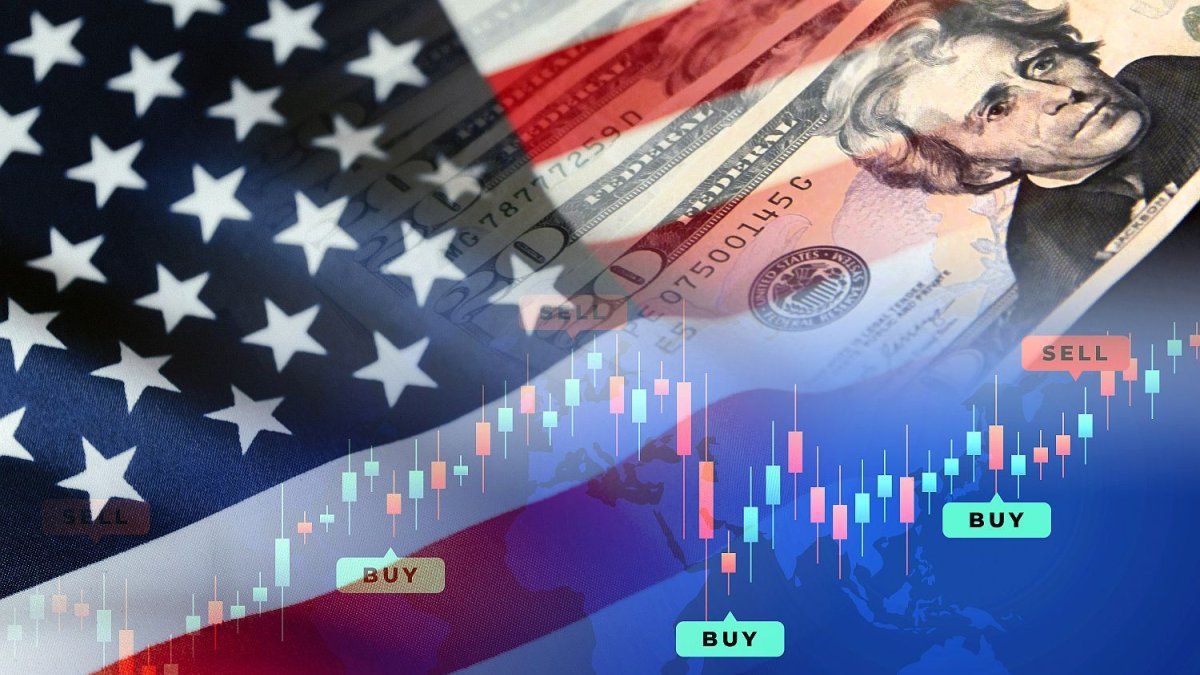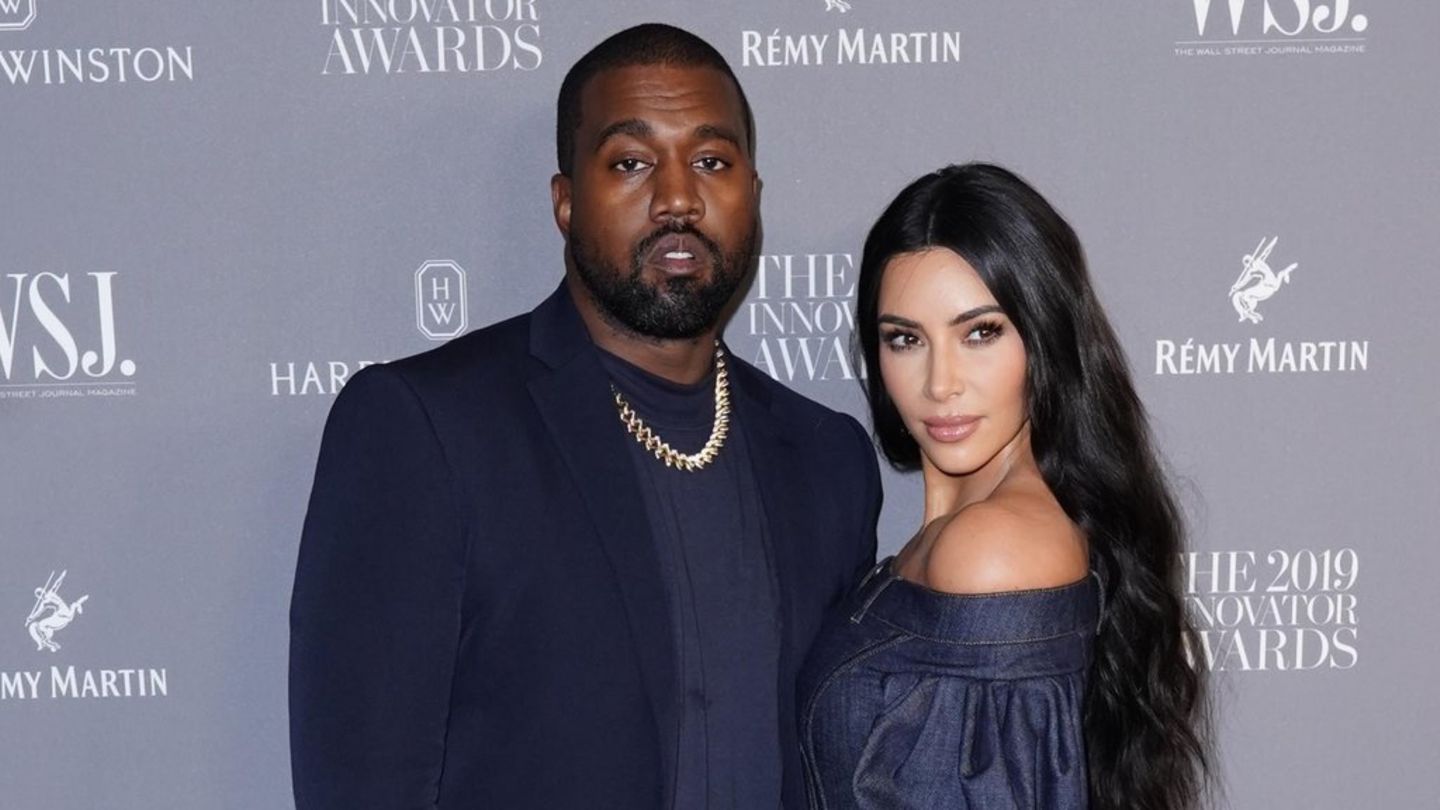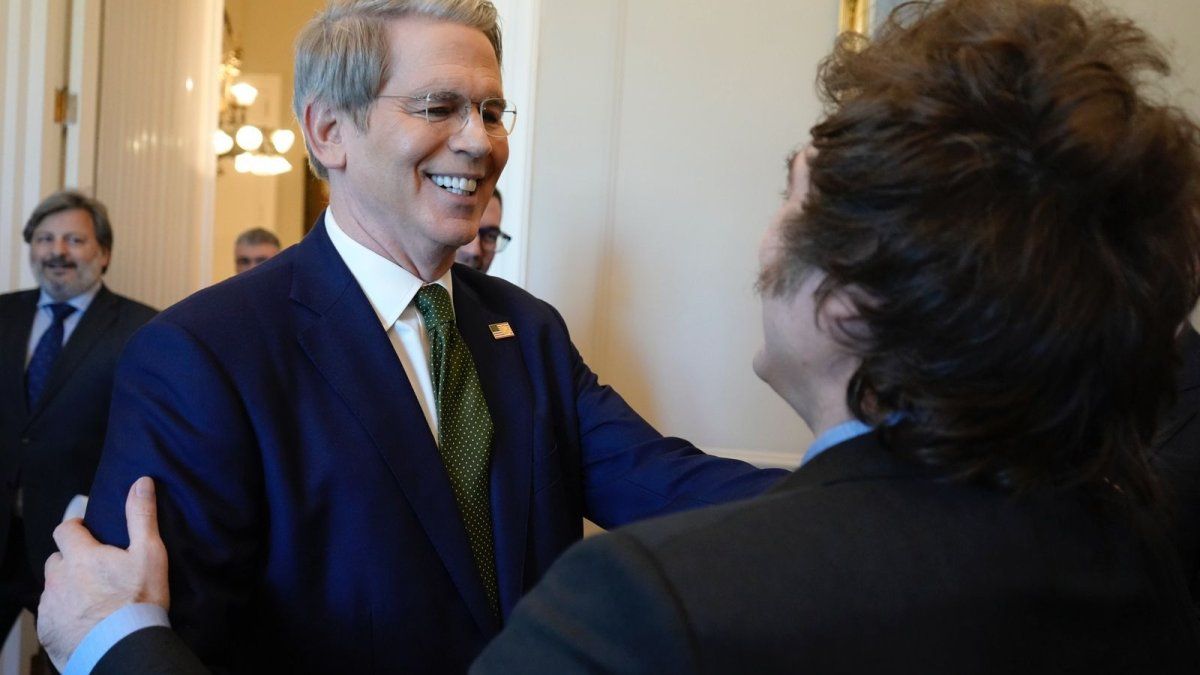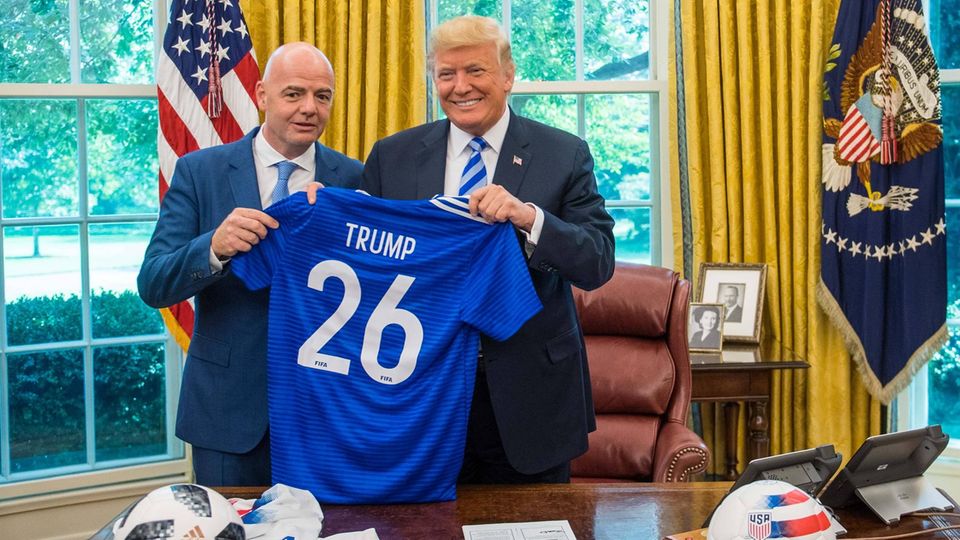Reports suggest that Trump’s advisers have proposed a broader set of reforms that would undermine the Fed’s monetary autonomy.
Days before the US presidential elections, which are being held in a context of a generational increase in inflation, the debate over the candidates’ plans for the Fed is intensifying. Although inflation is decreasing and the Fed cut rates, Republicans blame Vice President Harris and Democrats to keep prices high. But since neither presidents nor lawmakers set rates, that makes the Fed an attractive target for both parties seeking to deflect blame from voters. It should be noted that neither party platform mentions the central bank or details their views on how the Fed should proceed in setting rates, but both candidates have revealed their stance on this critical economic issue: Donald Trump suggests central bankers should be more receptive to a president’s views on the appropriate level of rates, while Kamala Harris backs a more conventional respect for the Fed’s autonomy.. Hence the prestigious Bookings Institution (BI) evaluated the competing plans of the Fed candidates with four experts, Sarah Binder, Naomi Maehr, Mark Spindel and Audrey Wang.
The content you want to access is exclusive to subscribers.
Signs that Trump would pressure the Fed
Specialists recall that during his tenure in the White House, Trump systematically pressured the Fed and his chosen chairman, Jerome Powell, to reduce rates, which foreshadowed how he might approach the situation in a second term. Presidents before Bill Clinton pressured the Fed to cut rates when the economy worsened, instead Trump lashed out at Powell and his colleagues even as the Fed fulfilled Congress’ mandate to maintain a strong labor market and stable prices. “New data reflects Trump’s persistent populist pressure on the Fed. We collected all the New York Times articles that mention Trump, Powell and rates throughout Trump’s presidency and counted the number of stories that appear each month in “Trump almost always pressured the Fed to make money easier, even demanding negative rates once they approached zero. Trump also pressured Powell’s Fed to stop raising rates in late 2018, as Fed officials continued to raise rates to rein in a red-hot labor market. Notably, Trump abandoned his pressure campaign against the Fed once the global pandemic hit, as the Fed cut rates to zero to address the economic meltdown. “Trump sent a rare hawkish signal when the White House announced some of his Fed appointments, including macroeconomist Christopher Waller in 2020.”


So if elected, Would Trump put pressure on the Fed again? “Definitely. Trump has already said that as president he should have a say in the Fed’s rate decisions, a move that economists warn could lead to lower-than-appropriate rates and reignite damaging inflation.BI academics maintain. They further explain that reports suggest that Trump’s advisers have proposed a broader range of reforms that would undermine the Fed’s monetary autonomy and one adviser has even suggested that Trump tell the Senate to confirm a “Fed chair in the shadow,” who would command Fed policy from afar until Powell’s four-year term as chairman expires in May 2026. “Republicans’ Project 2025 reveals even more: The report proposes reforms that, if approved , would greatly weaken the Fed’s policymaking discretion. The plan would eliminate Congress’ mandate that the Fed boost jobs, limit its emergency lending powers and abolish some of its key policy tools. The plan also questions whether the country needs a central bank.
What is the Democrats’ position on the Fed?
The Democratic Party platform does not mention monetary policy: Most of the Democrats’ economic solutions focus on tax policy and regulation. And although Democrats emphasize the commitment to finishing the task of controlling inflation, the platform does not mention the Fed’s role in keeping prices low and stable, BI experts explain. “Still, Vice President Harris has endorsed a more conventional stance on the Fed’s authority, as she noted last summer: “The Fed is an independent entity and, as chair, I would never interfere in the decisions the Fed makes.” For his part, President Biden has rarely expressed his opinion on what he believes the Fed should do, although he occasionally misses one, the authors acknowledge. Last December, for example, as inflation began to decline, Biden told donors that, with steady job growth, the economy was in a “sweet spot” and that he was not “encouraging the Fed to raise rates.” ”. But Biden also publicly expressed support for the Fed’s decision to raise rates to combat inflation in early 2022, although he expressed respect for the central bank’s independence.
However, experts believe that the possibility of Harris following in Biden’s footsteps should not be ruled out: like many presidents, she could occasionally show more moderate views on rates, but she is unlikely to pressure the Fed to maintain rates. persistently low. “Trump is not expected to show that reticence. Sometime next year, the next president will have to reappoint or replace Fed Chairman Powell before his term ends in 2026. Trump promises he will appoint a loyalist. “If voters send Trump back to the White House, the Fed will likely have a target on its back, no matter how low rates are,” they argue, concluding that the Fed, rather than its neutral interest rate, could become the target.
Source: Ambito
I am Pierce Boyd, a driven and ambitious professional working in the news industry. I have been writing for 24 Hours Worlds for over five years, specializing in sports section coverage. During my tenure at the publication, I have built an impressive portfolio of articles that has earned me a reputation as an experienced journalist and content creator.




